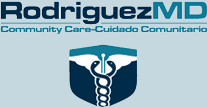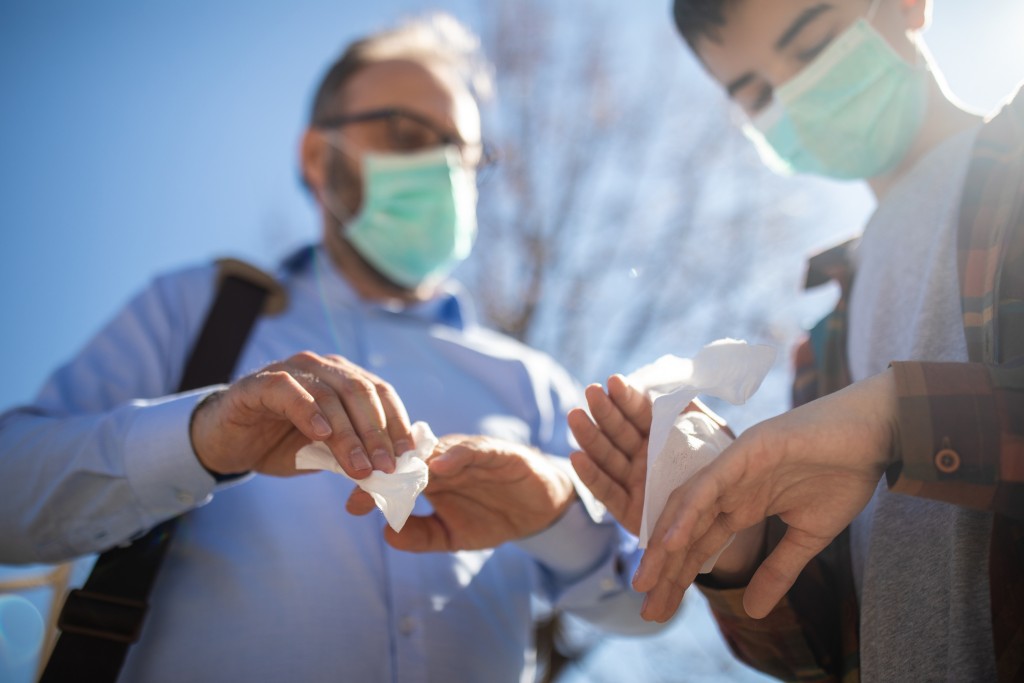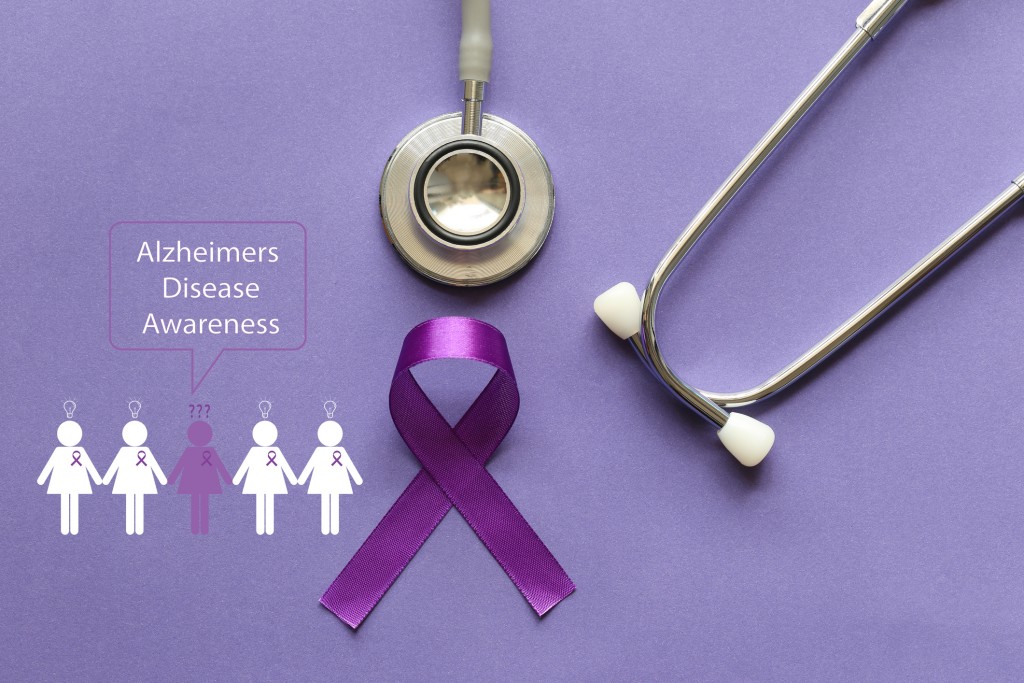Protect Your Heart Health

February is recognized as American Heart Month, a time to raise public awareness of heart disease, or cardiovascular disease. According to the American Heart Association, heart disease is a significant health challenge. It accounts for one-third of deaths in the U.S. Many of these deaths are the result of heart attacks, stroke, or coronary artery disease. The CDC cites heart disease as the leading cause of death for people of most racial and ethnic groups in the U.S.
There are three key risk factors for heart disease: high blood pressure, high cholesterol, and smoking. Other conditions that contribute to the risk for developing heart disease include diabetes, obesity, a sedentary lifestyle, and heavy alcohol use. Let’s examine how these factors increase our risk.
High blood pressure (hypertension)
Blood pressure is determined by the amount of blood the heart pumps and the amount of resistance to blood flow in the arteries. When the arteries become narrow due to plaque buildup, blood pressure goes up. The heart has to work harder than it should. Uncontrolled high blood pressure causes serious heart complications including heart attack, stroke, aneurysm, and heart failure. Some effective ways to reduce blood pressure to more normal levels include getting more exercise, losing weight, eating less sodium (salt) in your diet, quitting smoking, reducing stress, and taking medication.
High cholesterol
LDL is the bad kind of cholesterol that is the main source of plaque. When plaque builds up along the walls of the arteries, it causes them to narrow. If blood supply to a portion of the heart is completely blocked, the result can be a heart attack. Cholesterol levels can be controlled through diet and medication.
Smoking
Smokers are more likely than non-smokers to suffer heart attacks. The nicotine in tobacco increases blood pressure, causes more blood clots, and results in less oxygen reaching the heart.
Diabetes
High blood glucose levels can be damaging to the blood vessels. Diabetics are more prone to have other coronary risk factors such as high blood pressure and high cholesterol.
Obesity
Being overweight is linked to high blood pressure, high cholesterol and triglycerides, and impaired glucose tolerance. All these factors contribute to heart disease.
Sedentary lifestyle
Physical inactivity puts people at greater risk for heart disease. Adults should get at least thirty minutes of moderate daily exercise. This can include various activities including walking, swimming, biking, gardening, stair climbing, and dancing. Exercise also helps maintain a healthy weight and lowers blood pressure.

Alcohol use
Heavy alcohol use and binge drinking can lead to cardiomyopathy, a type of heart failure. Alcohol is high in sugar content, so heavy drinking can contribute to obesity and raise blood pressure. Alcohol can also affect the way some medications work.
Lower your risk factors
Many lifestyle changes can lower the risk of developing heart disease. If you are overweight, establish healthy eating habits and get more exercise. A Medical weight loss plan through a physician can help people be more successful in dropping excess pounds. Stop smoking. Within a year of quitting, the risk of heart attack drops significantly. Get enough sleep to help relieve stress. Avoid excessive alcohol use.
The physicians at RMD Primary Care can answer your questions about heart disease and medical weight loss. Contact us today for an appointment.




















